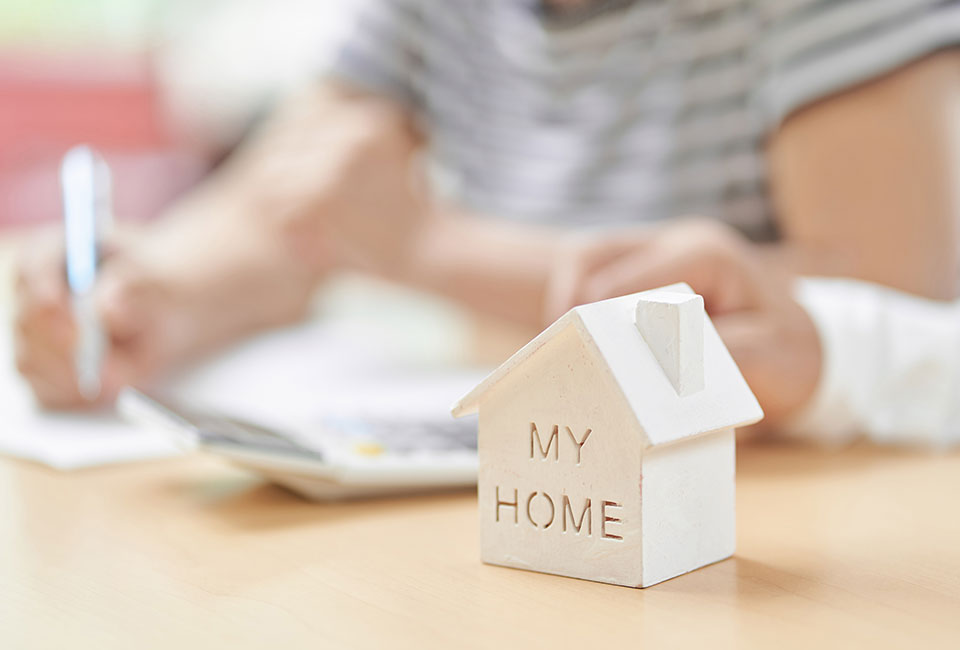Liberty News - Living in old age should be planned well in advance
Every fifth person in Switzerland will be over 65 by 2025. At this age, housing needs are increasingly changing, and the property must also meet future requirements. Planning should be long-term.
When the children have moved out and retirement is approaching, you should think about your own housing needs and future demands. There are many forms of housing: owner-occupied housing, cluster living, multigenerational houses, shared apartments or assisted living facilities are among the choices. The Swiss Homeowners' Association (HEV) advises to opt for a home that is suitable for the elderly, regardless of which form of living one chooses. Thus one should consider what changes or adaptations might be necessary in the future. Good and foward-looking planning can help improve independence and mobility.
Living in old age includes various aspects
In addition to the interior design, the location of the apartment is particularly important in terms of everyday life. Public transportation and shopping facilities should be within walking distance. A mixed neighborhood of all age groups has social value and enables neighborhood assistance that goes beyond outpatient care services, meal services, home emergency call systems and, incidentally, also protects against loneliness.
Privacy should be preserved
Multi-person households should have at least one individual room per person in addition to a common room. This allows sleeping in separate rooms if necessary, listening to the radio and watching TV without disturbing fellow residents, and provides an individual, private retreat. When in doubt, opt for several small rooms rather than few generous ones. Ideally, a sitting area with sunlight is also available, for example in the form of a garden, or a balcony. This way, you can enjoy sunlight and fill up on vitamin D even if you have reduced mobility. Since heat tends to be less tolerated in old age, north-facing outdoor spaces are also very popular.
Accessibility is important
Accessibility should not be underestimated, as HEV knows, even if many people are still fully mobile at the time of moving in. Tripping hazards and obstacles for wheelchairs or walkers - steps or thresholds, for example - should not be present or should be eliminated. Handrails on stairs and grab bars in the bathroom help to further minimize the risk of falls. Bright lighting aids vision and is considered a viable fall prevention measure. Wheelchair-accessible apartments are also impressive in terms of their practicality, even without being dependent on a wheelchair. For example, there is enough space in wet rooms to move around unhindered and to create a seat in the shower if needed. Work surfaces in the kitchen should be at an appropriate height, and cupboard and operating elements should be within easy reach.
Financial viability is crucial
It is crucial to adapt the housing situation to the financial circumstances. This includes the full cost calculation, including interest, taxes, and charges. «This can avoid making living conditions even more difficult, because both a conversion and a move can be very expensive», warns HEV.
